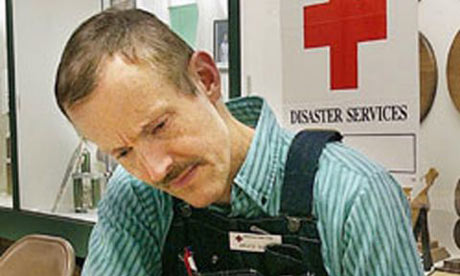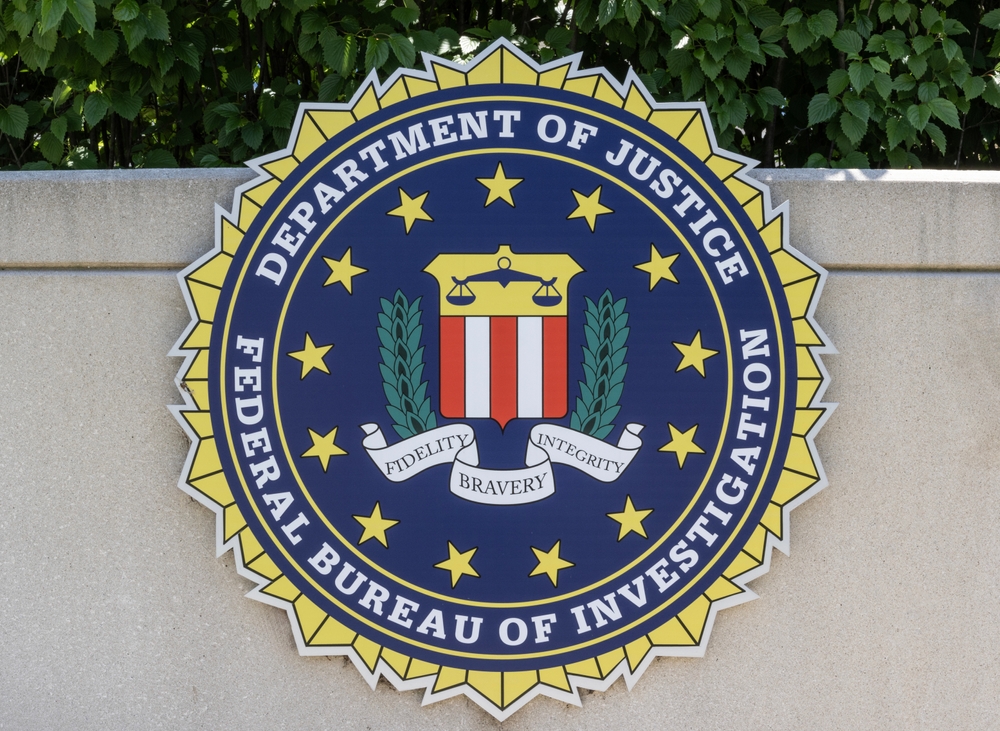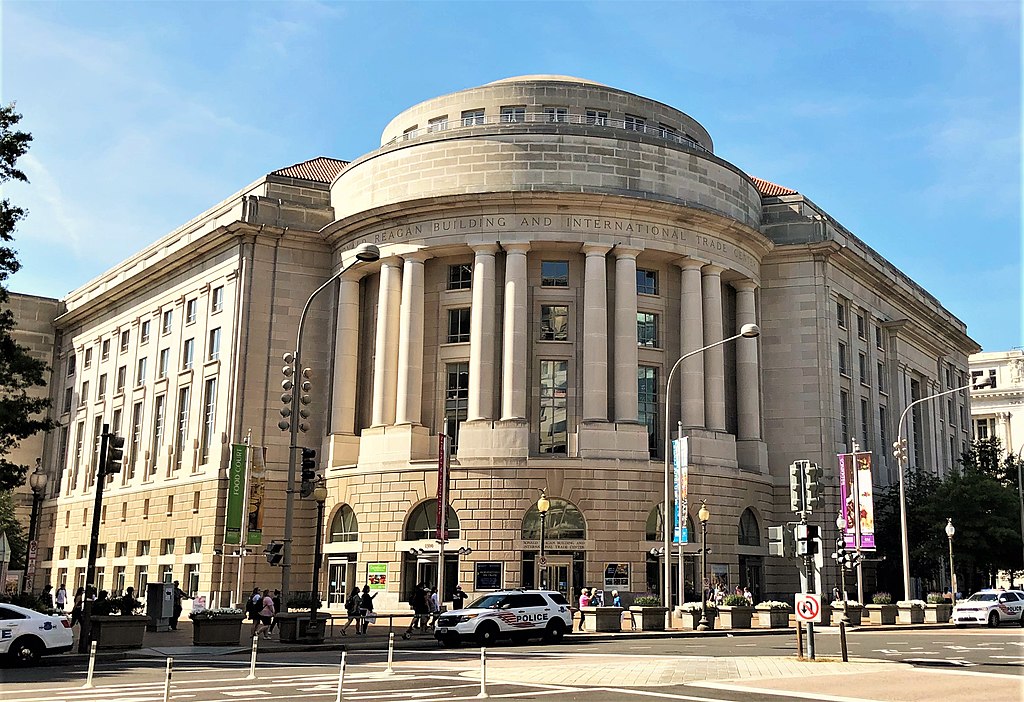
A decade after wisps of anthrax sent through the mail killed 5 people, sickened 17 others and terrorized the nation, biologists and chemists still disagree on whether federal investigators got the right man and whether the F.B.I.’s long inquiry brushed aside important clues.
Now, three scientists argue that distinctive chemicals found in the dried anthrax spores — including the unexpected presence of tin — point to a high degree of manufacturing skill, contrary to federal reassurances that the attack germs were unsophisticated. The scientists make their case in a coming issue of the Journal of Bioterrorism & Biodefense.
F.B.I. documents reviewed by The New York Times show that bureau scientists focused on tin early in their eight-year investigation, calling it an “element of interest” and a potentially critical clue to the criminal case. They later dropped their lengthy inquiry, never mentioned tin publicly and never offered any detailed account of how they thought the powder had been made.
To read the full story click there.




